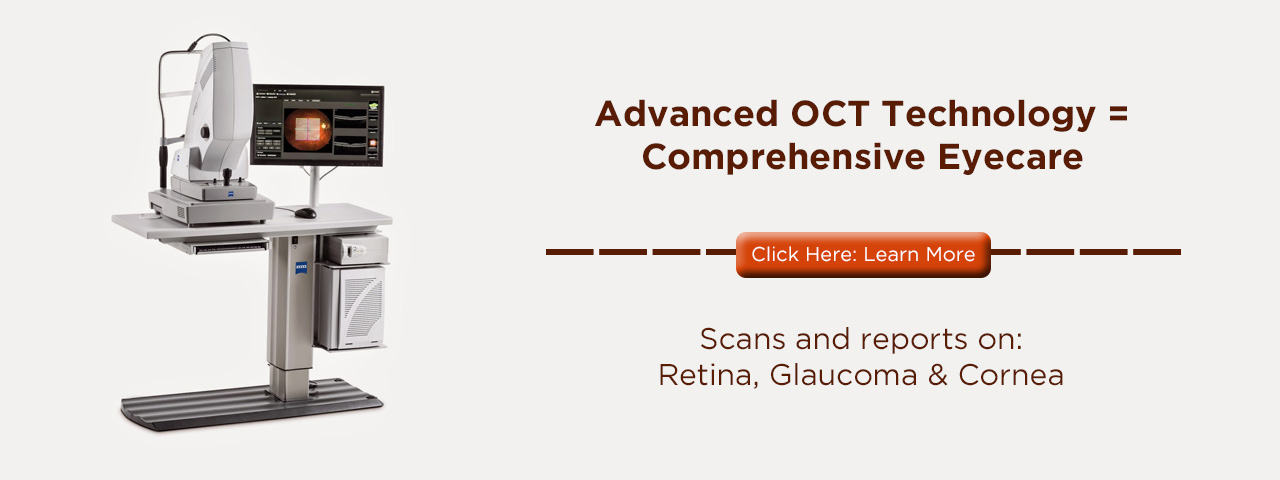A Normal Retina.
Papilledema
The patient had a swollen, elevated optic nerve in each eye. This is caused by increased intracranial pressure. The vision is normal but the patient had severe headaches. This is a medical emergency and the patient was sent to the hospital ER for an MRI and to see a neurologist.
Stargardt's Disease
Stargardt's disease is a rare genetic disease that damages the macula and leads to profound vision loss. This photo is of a child with Stargardt's disease. No treatment is possible for this disease.
Macular Degeneration
This is a slow deterioration of the macula and slowly the person loses their central vision. Eventually they may become unable to read, drive, or perform other everyday tasks. The cause is unknown but it is more common in people who smoke. Certain dietary changes may slow down the rate at which this disease progresses.
Central Serous Choroidopathy
There is a leakage of fluid under the retina which lifts up the macula. The vision is somewhat reduced for a number of weeks until the fluid is reabsorbed. The vision usually returns to normal without any treatment being necessary.
Central Retinal Vein Occlusion
This middle-aged female suddenly lost vision in this eye. She had extensive retinal hemorrhaging because the central retinal vein that should drain blood out of the retina became occluded and the retinal veins started leaking blood. The vision never improved to a good level.
Diabetic Retinopathy with Severe Macular Edema
The yellow deposits are from chronic edema with scattered retinal bleeding. This person requires referral to a retinal specialist for treatment. Normally this is spot treated with laser photocoagulation of the retina and often injections of anti-VEGF medications into the eye. Treatment often saves vision that would otherwise be lost.
Histoplasmosis
Macular scar from prior histoplasmosis infection. The patient had been treated for a histoplasmosis infection very close to the macula. The vision was saved because most of the macula was not affected. Histoplasmosis is a fungus that is transmitted by birds. Histoplasmosis is common in the US. Most adults have had it. They get flu-like symptoms and then recover just fine. And you get it orally, not by touching your eye.
Hypertensive Retinopathy (HTR)
This was from a young male in his early 20's. He came to our office because his vision was blurred. He had extensive retinal edema and bleeding from uncontrolled hypertensive. We discovered his BP was 220/180 and he was sent immediately to the hospital ER. It was discovered that he had advanced kidney failure. He eventually did well with a kidney transplant and his vision returned to normal.
A branch retinal vein occlusion
There is bleeding from a vein occlusion. The vision was blurred but improved to normal when the blood reabsorbed.
Digital Retinal Imaging allows us to evaluate the health of the back of your eye, the retina. It is used to detect diseases, such as diabetes and macular degeneration. It is critical to confirm the health of the retina, optic nerve and other retinal structures.
Many eye diseases, if detected at an early stage, can be treated successfully without total loss of vision. Your retinal images will be stored electronically. This gives the doctor a permanent record of the condition and state of your retina. This is very important in assisting the doctor to detect and measure any changes to your retina each time you get your eyes examined, as many eye conditions, such as glaucoma are diagnosed by detecting changes over time.

